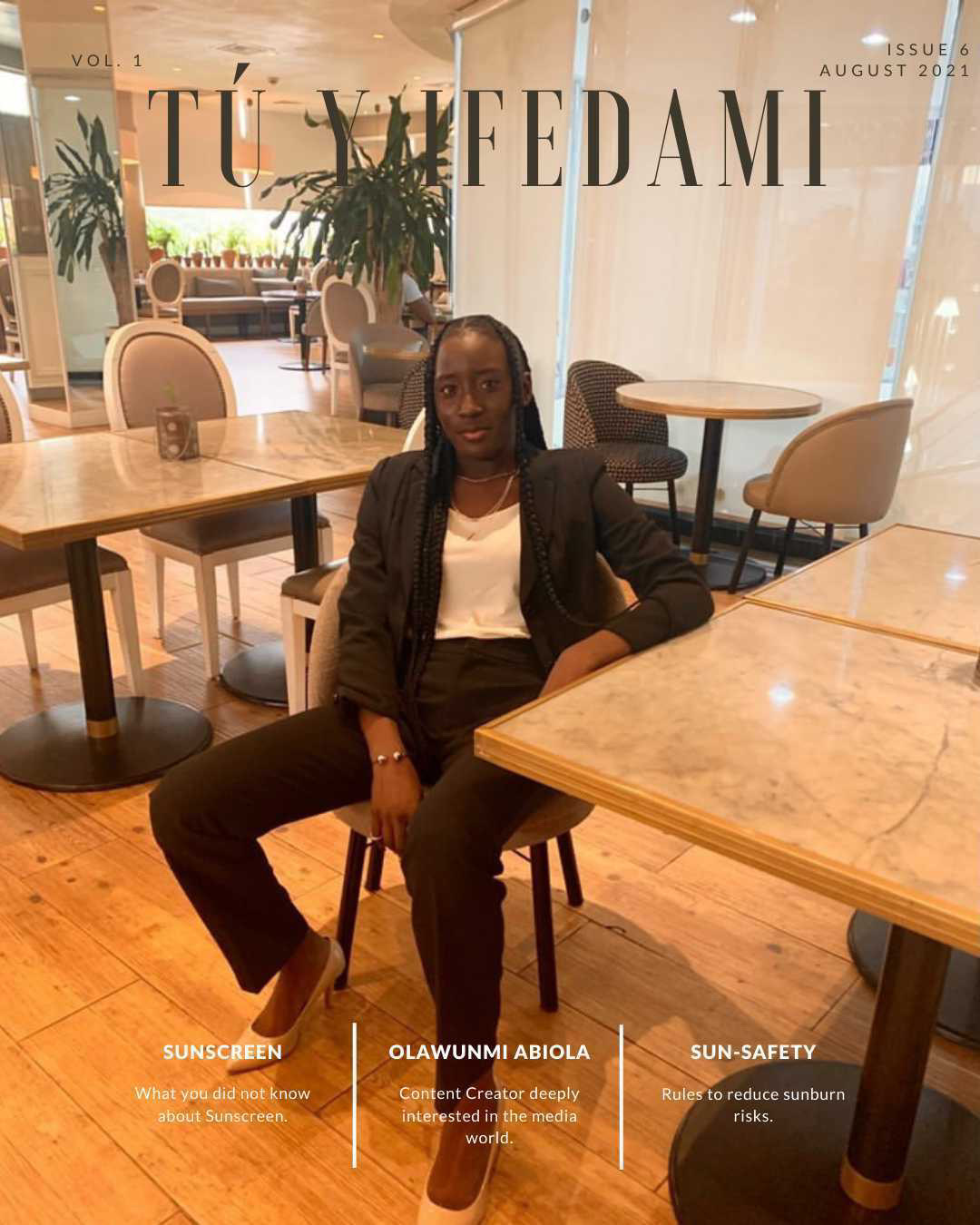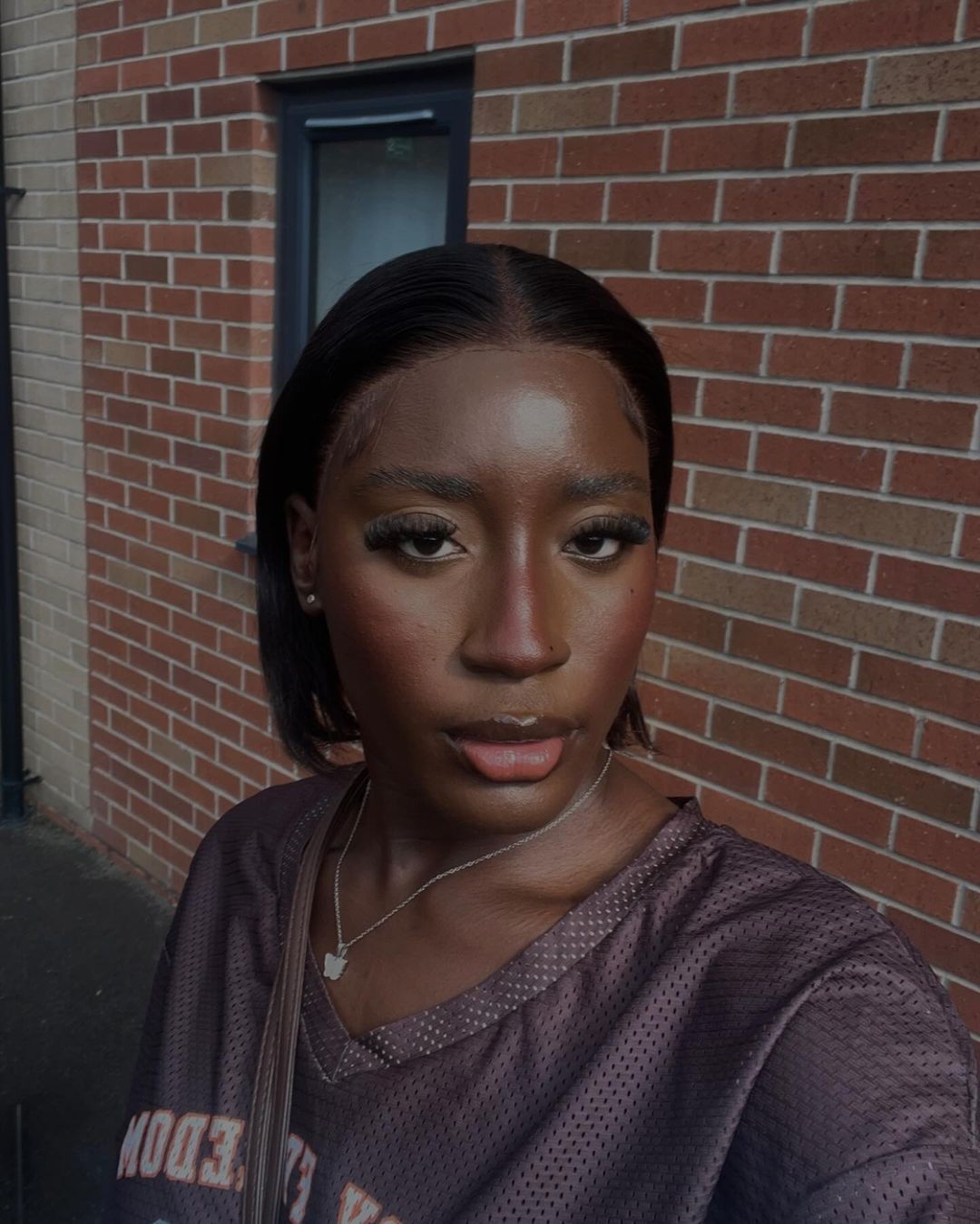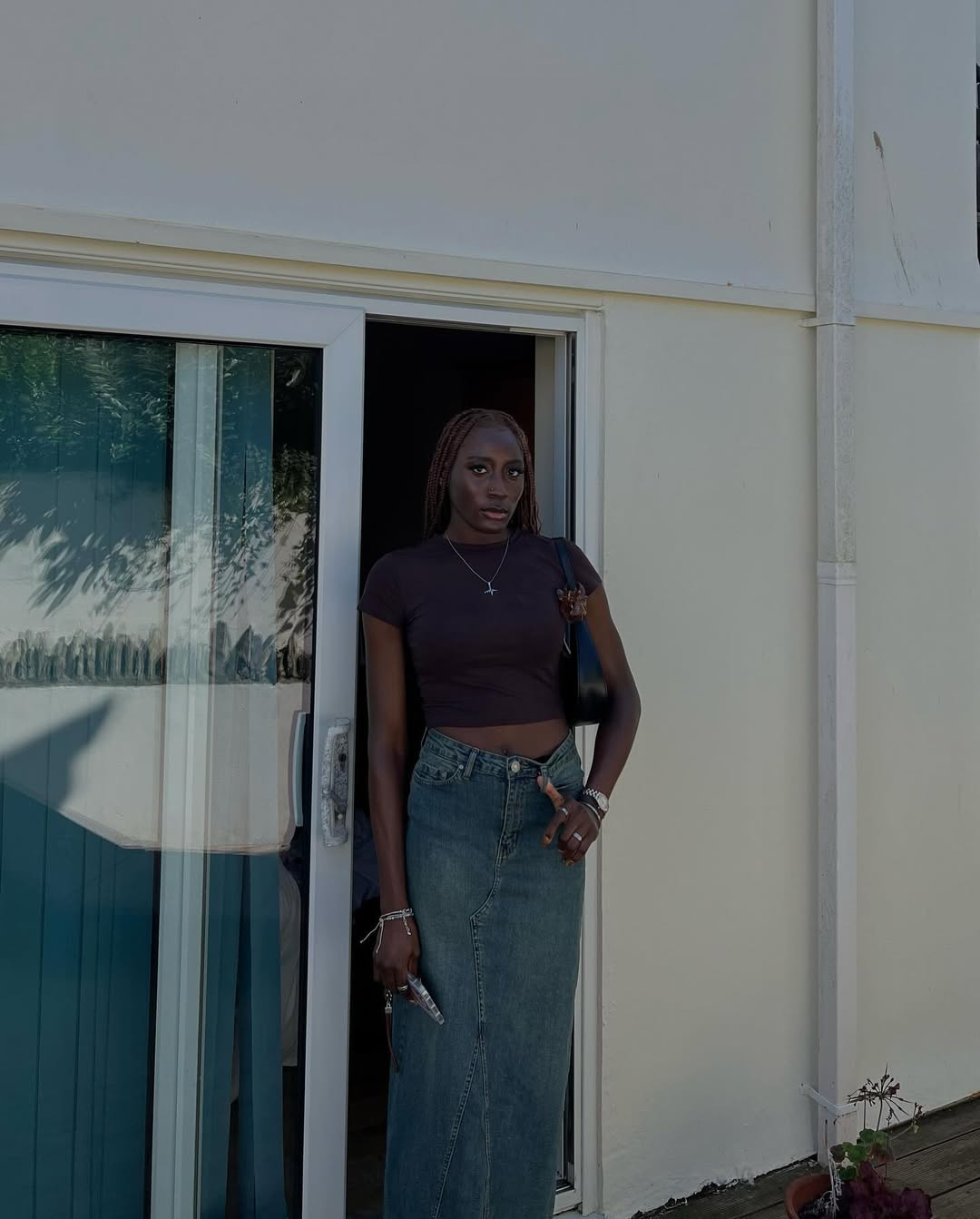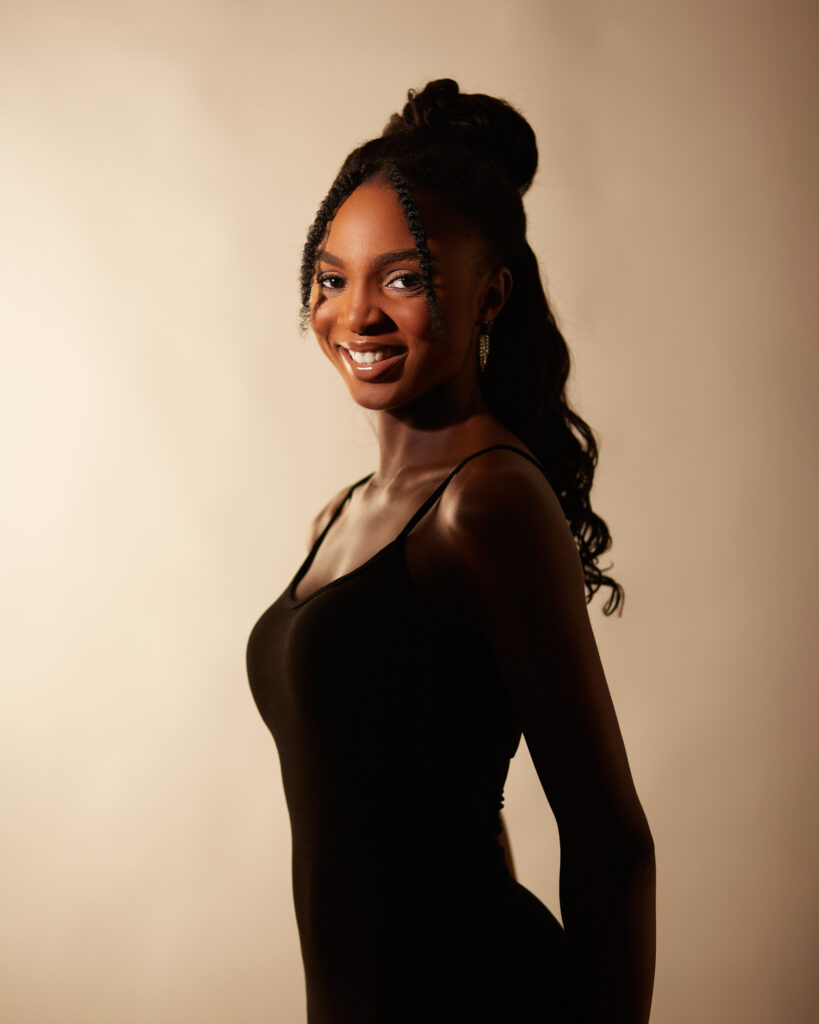Content Creation, Sunscreen in Skincare (Featuring: Olawunmi Abiola & Ifedami)

Ifedami: Let’s get to know you
Olawunmi: I’m a content creator who creates content based on lifestyle, food, and cruise. I’m deeply interested in the media world. I’m in love with my skin color. I call myself a melanin goodness because my melanin is beautifully enriched in my skin
Ifedami: What is Sunscreen?
Olawunmi: Sunscreen can also be called Suncream or Sunblock. It protects the skin from the sun’s harmful rays. SPF(Sun Protection Factor): is a measure of how much UVB radiation it would take to burn protected skin (with sunscreen) relative to the amount required to burn unprotected skin (without sunscreen).
Ifedami: What are the three things we don’t: know about sunscreen?
Olawunmi: One, the sun plays a much bigger role in skin aging than what we originally thought.
Second, the majority of sun damage we get isn’t actually from yearly beach vacations but from seemingly innocent day-to-day activities like running errands and enjoying outdoor brunch.
Third, wearing sunscreen remains your best defense against sun-induced damage.
Sunscreen Myths, Debunked
- Just about any sunscreen will do. The SPF number on your sunscreen bottle indicates how well it can protect skin against UVB, the kind that’s responsible for sunburn and skin cancer. But there’s another range of radiation you’re exposed to while in the sun: UVA, or the rays responsible for skin aging. To make sure you’re protected against both UVA and UVB, look for sunscreens that say “broad spectrum” on the label and offer an SPF of 30 or higher.
- Higher SPF means you can spend more time outdoors. No matter how high the SPF, reapplying sunscreen every two hours is enough for optimal protection.
- The SPF in your foundation should be enough. Unless you’re an actress, you’ll never apply enough foundation to reap the benefits of the SPF it contains. Apply a nickel-size amount of sunscreen as the last step in your skincare routine and before applying makeup to keep your face adequately protected. And don’t forget your entire body!
- Darker skin tones don’t need sunscreen. While those with darker complexions have a naturally higher SPF protection in their skin, they are still at risk for skin cancer and aging, making sunscreen application an absolute necessity.
- As long as you don’t go outside, you are protected. UVA rays can penetrate glass, so even if you spend a lot of time in your car, you’re not completely protected.


Sun-Safety Rules to Live Ву
- Wear Sunscreen Every Single Day. Yes, even on days when you don’t see the sun. Make sure your SPF is the last thing you put on before your makeup, and give it ample time to absorb.
- Outside? Follow the Two-Hour Rule. Feel free to have fun in the sun, just commit to reapplying your SPF product every two hours and/ or after you sweat or get out of the pool. Keep in mind, too, that the sun’s rays are most damaging between the hours of 10am and 4pm.
- Eliminate “Healthy Tan” From your Vocabulary. The idea of getting a preliminary, “healthy” tan to prevent burning in the future is a popular one that just won’t go away. And, unfortunately, it’s anything but a good idea. Anytime your skin develops a tan, that’s a sign of injury. Your skin is producing more melanin to protect itself against further damage to its DNA.
- Invest in Antioxidants. Your skin can better defend itself against the sun with a little help from daily use of a topical vitamin C product. Bonus: Vitamin C can also help fade existing dark spots.
-
Sale!

Dinner Plates – Japanese Minimalism
$28.00Original price was: $28.00.$18.00Current price is: $18.00. -
Sale!

Round Table Anti Slip Mats – Modern Home
$14.70Original price was: $14.70.$9.90Current price is: $9.90. -

-

Indigo Blue Ceramic Vase
$101.00

Entrepreneur and Skincare (Featuring: Victoria Ajiboye & Ifedami)
Victoria Ajiboye and Ifedami explore the synergy of entrepreneurship and skincare, sharing innovative tips for radiant beauty and business success.

Acting and Skincare (Featuring: Folaremi & Ifedami)
Folaremi and Ifedami reveal the connection between acting and skincare, sharing routines and tips for glowing, camera-ready confidence.

Why You Should Never Skip Your Moisturizer
Why You Should Never Skip Your Moisturizer: Keep your skin hydrated, balanced, and glowing by making moisturizer a non-negotiable part of your routine!
instagram:
Error: No feed with the ID 1 found.
Please go to the Instagram Feed settings page to create a feed.


